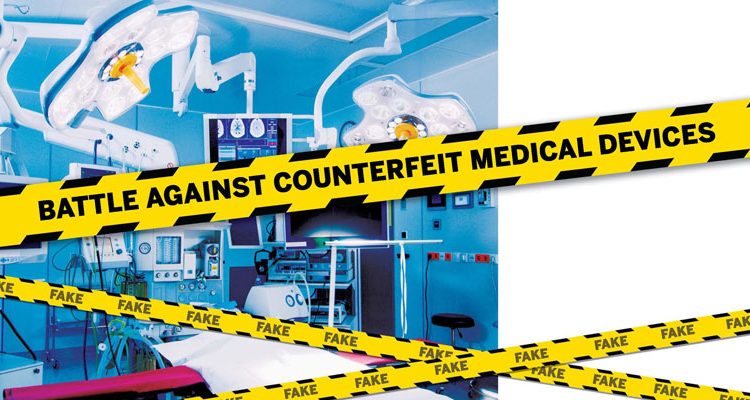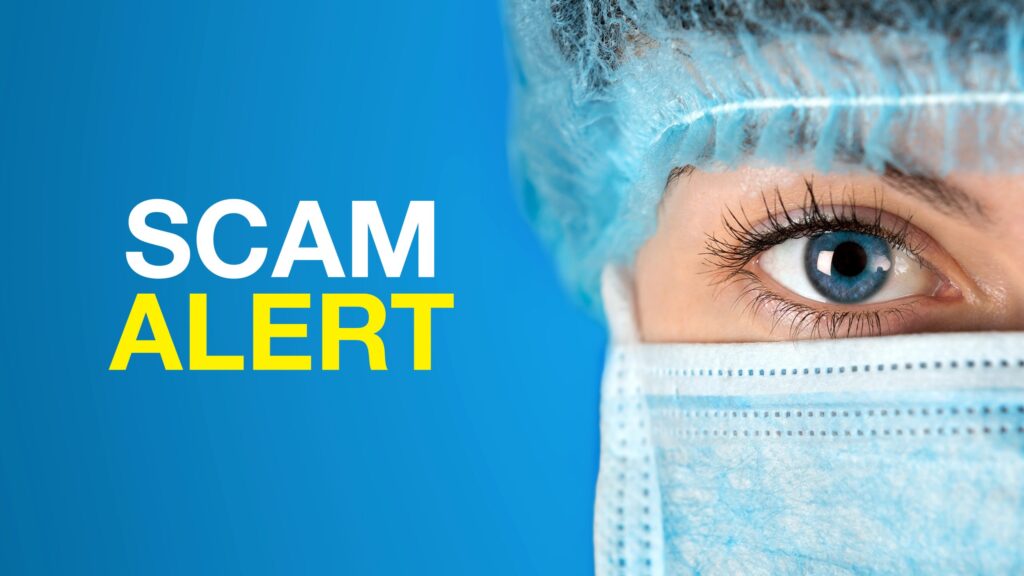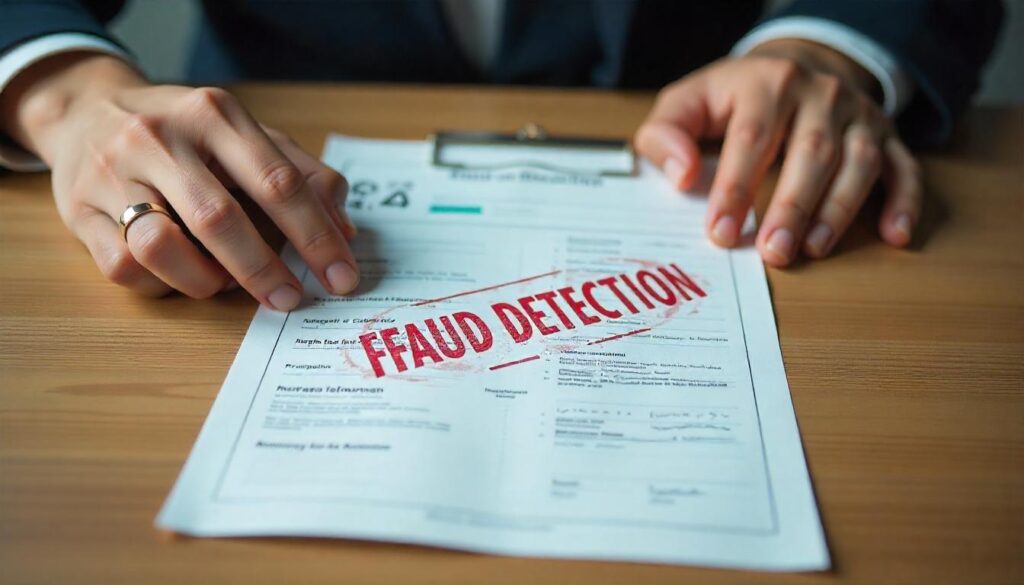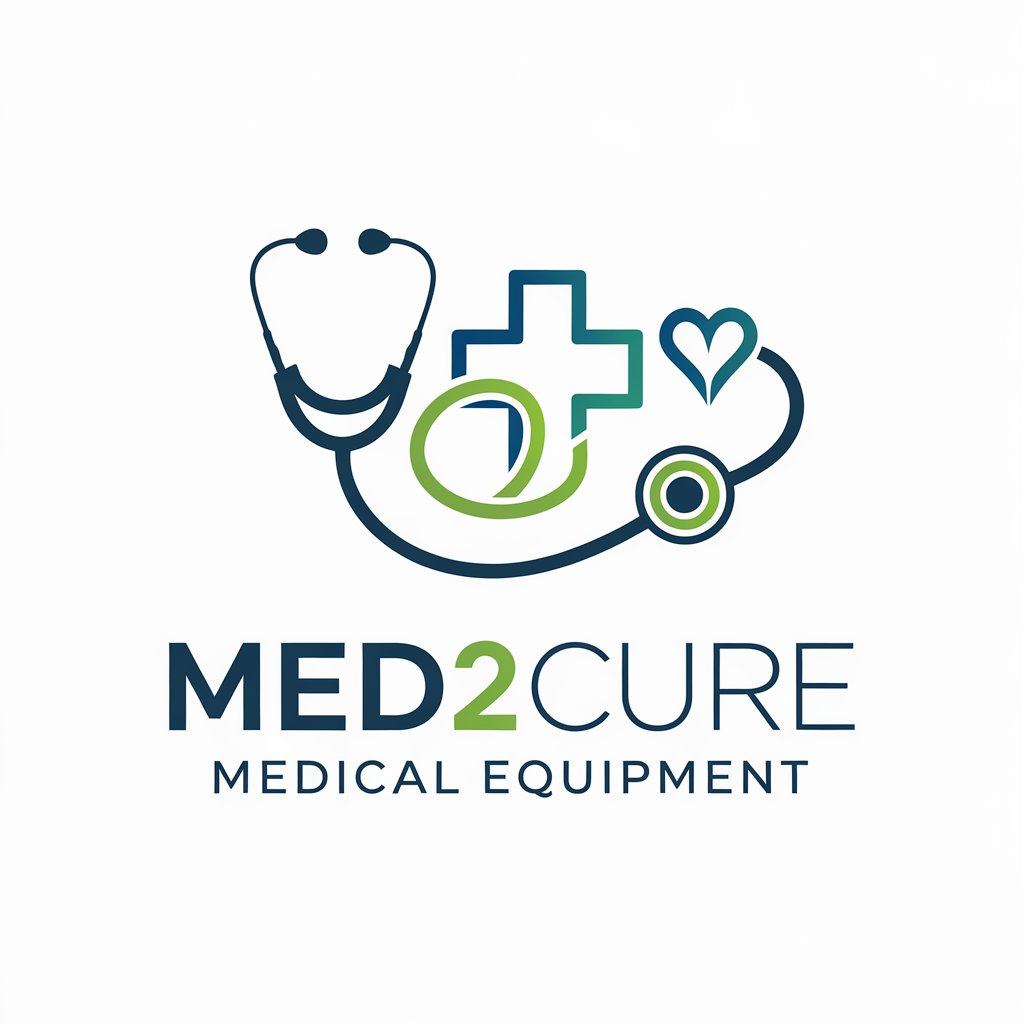In the Indian healthcare sector, medical equipment is essential for ensuring accurate diagnoses, effective treatments, and overall patient safety. However, with the growing demand for medical devices, counterfeit products are also becoming more prevalent. These fake devices can severely compromise patient care, pose health risks, and ultimately damage the reputation of healthcare providers. As a healthcare professional, it’s critical to know how to spot fake medical equipment to protect patients and maintain high standards of care.
In this blog, we’ll provide practical tips for healthcare professionals in India to identify counterfeit medical equipment, ensuring both patient safety and reliable care.
1. Verify the Manufacturer and Certification Marks
One of the first steps in identifying fake medical equipment is checking the manufacturer’s details and certification marks. Authentic medical devices sold in India should have the following:
Manufacturer’s Name and Details: The product should display a known and trusted manufacturer’s name, contact information, and address. Be cautious of products from unverified or unknown manufacturers.
Regulatory Certifications: In India, medical devices must comply with regulations set by the Central Drugs Standard Control Organization (CDSCO). Authentic medical equipment should have a CDSCO license numberand FSSAI (Food Safety and Standards Authority of India) certification if applicable. Check the registration number and importer’s details for validation.
CE Mark: If the device is meant for the international market, ensure it has a CE mark, which means it complies with European standards. For devices being sold in India, ensure they are CDSCO-approved.
Tip: You can easily check the manufacturer’s registration details and certifications on the CDSCO website.
2. Inspect the Packaging and Documentation
Authentic medical devices come with high-quality packaging, detailed documentation, and protective seals. Here are some signs to look out for:
Packaging Quality: Fake devices often come in flimsy or damaged packaging. Genuine medical devices typically have well-designed, professional, and secure packaging.
Printed Labels and Documentation: Counterfeit devices often have poorly printed labels or documentation, with spelling errors, incorrect fonts, or blurry text. Check the product’s manual for clear, professional printing. Authentic medical equipment should also come with a user manual, warranty cards, and safety instructions.
Tamper-proof Seals: Many genuine devices have tamper-proof seals or holograms on their packaging. If the seal is broken, or the packaging looks tampered with, it’s a clear indication that the product could be fake.
3. Verify the Serial Number and Model
Every legitimate medical device has a unique serial number and model number. Verify these details before using any equipment:
Check the Serial Number: Every authentic medical device should have a unique serial number. Cross-reference this serial number with the manufacturer’s database or authorized distributors.
Confirm Model Specifications: Compare the model number on the device with the specifications listed on the manufacturer’s website or authorized distributor’s catalog. Fake products may have discrepancies in the model numbers, missing features, or incorrect details.
Tip: Many manufacturers allow you to verify serial numbers on their websites, making it easy to confirm authenticity.
4. Evaluate the Build Quality and Materials
Counterfeit medical equipment is often made with cheaper materials, leading to poor quality. Here’s what you should check:
Build Quality: Authentic medical devices are well-constructed and made with high-quality materials. If the device feels lightweight, flimsy, or has sharp edges, it may be fake.
Materials and Finishing: Check the materials of the device. For example, surgical instruments or diagnostic tools should be made from stainless steel or medical-grade plastics. Fake products may use inferior materials that can break or degrade more quickly.
Weight: Genuine equipment has a balanced weight and feel. Fake devices may feel unnaturally light or heavy, which is a sign that substandard materials have been used.
5. Test the Equipment for Accuracy and Functionality
Testing the equipment for accuracy is one of the most effective ways to spot counterfeit devices. Here’s how you can do that:
Test the Device: For equipment like blood pressure monitors, pulse oximeters, or glucose meters, compare the readings with a known, reliable device. If the readings are inaccurate or inconsistent, the device could be counterfeit.
Check All Features: Ensure all the advertised features of the device work correctly. Fake devices often lack the functionality advertised on the packaging or manual.
Tip: Some equipment comes with calibration requirements. If a device is unable to be calibrated or does not hold calibration over time, it may be a counterfeit.
6. Purchase Only from Authorized Distributors
One of the best ways to avoid counterfeit medical equipment is to buy directly from authorized distributors, official retailers, or directly from the manufacturer. Be wary of unverified online marketplaces or third-party sellers.
Authorized Dealers: Always check that the distributor or retailer is officially authorized by the manufacturer. You can often find a list of authorized dealers on the manufacturer’s website.
Avoid Unbelievably Low Prices: If a device is being sold at an exceptionally low price, it’s a strong indicator that the product may not be genuine. Fake products are often sold at discounted rates to attract buyers.
7. Check for Recalls or Safety Alerts
Regulatory authorities like the CDSCO, FDA, or WHO often issue safety recalls or alerts for counterfeit or defective medical devices. It’s a good practice to:
Monitor Recalls: Regularly check the CDSCO’s official website or other trusted healthcare platforms for safety alerts and recalls related to medical devices.
Manufacturer Alerts: Trusted manufacturers often issue recalls or warnings about faulty products. If your device falls under such a recall, it’s crucial to stop using it immediately and report it.
8. Report Suspicious Equipment
If you suspect a medical device is fake, it is important to report it to the appropriate authorities:
CDSCO (Central Drugs Standard Control Organization): They regulate the medical devices market in India and can help you report counterfeit products.
State Drug Control Authorities: In case the device was purchased locally, you can also report it to the State Drug Control Authority.
Reporting counterfeit devices helps safeguard the healthcare system and prevent further distribution of fake products.
Conclusion
The rise in counterfeit medical equipment poses significant risks to patient safety, healthcare professionals, and the medical community as a whole. By being vigilant and following these tips, healthcare professionals in India can identify and prevent the use of fake medical equipment. Always ensure the products you use come from trusted sources, and never compromise on quality when it comes to patient care.
At Med2Cure, we are committed to offering high-quality, certified medical equipment that meets all regulatory standards. By staying informed and following best practices, you can ensure that the equipment you use is both safe and effective.
Have any concerns or questions about medical equipment? Contact Med2Cure for expert advice, product verification, and assistance in sourcing genuine medical devices.
Follow us
_______________________________________________________

______________________________________________________
- March 25, 2025
- aksh16
- 11:53 am

Medical equipment scams pose serious risks to patient safety and healthcare quality. Counterfeit devices can lead to incorrect diagnoses, ineffective treatments, and even harm to patients. To protect both healthcare providers and patients, it’s crucial to verify the authenticity of medical equipment by purchasing from authorized distributors, checking certifications, and staying informed about potential scams. By being vigilant and proactive, healthcare professionals can help ensure that only safe, reliable, and high-quality medical devices are used in patient care.

Detecting medical equipment fraud is essential to ensuring patient safety and maintaining the integrity of healthcare services. By carefully verifying certifications, inspecting packaging and serial numbers, testing equipment functionality, and purchasing only from authorized suppliers, healthcare professionals can effectively identify and prevent the use of counterfeit or substandard devices. Staying vigilant and proactive in these areas helps protect both patients and healthcare providers from the risks associated with fraudulent medical equipment.

